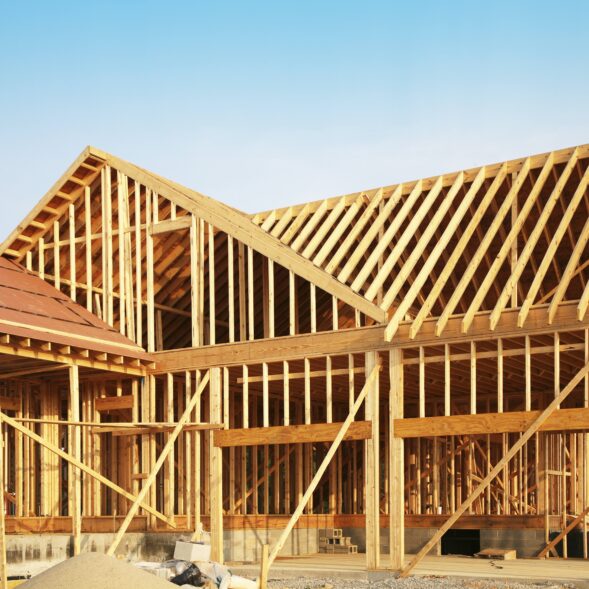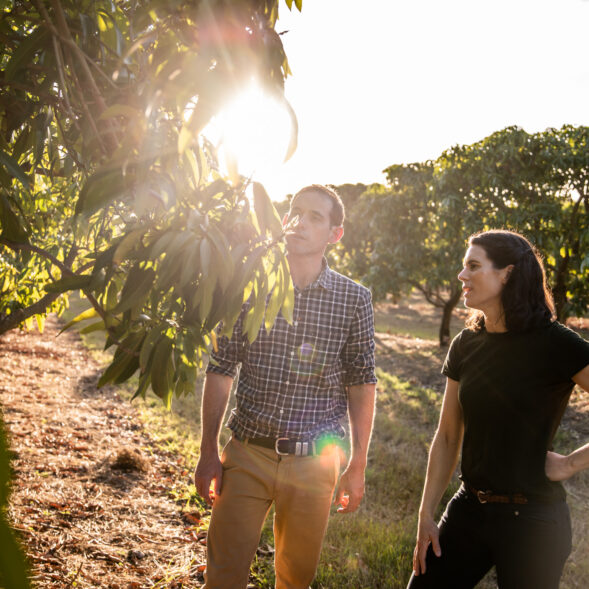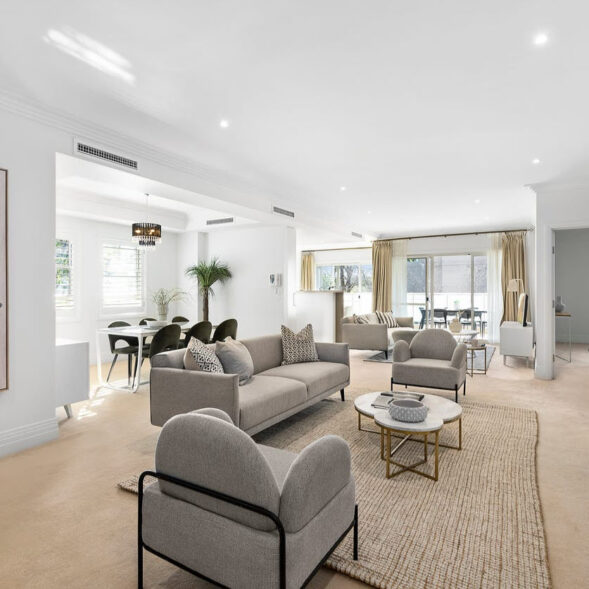By and large, the commercial office sector has had to endure more setbacks than in recent years. COVID-19 caused major disruptions and the impact continues to reshape the office environment as businesses and landlords continue to grapple with the new flexible working arrangements that it brought.
As the unemployment rate fell to almost a 50 year low in June 2022 to 3.5 per cent, there has been a real push for employees to return to the office. Of the major capital cities, Brisbane and Perth are seeing higher office space utilisation as both cities recorded a compression in the total CBD office vacancy rates since pre-COVID. According to the PCA vacancy rates, Brisbane’s vacancy compressed circa one per cent from 12.7 per cent (January 2020) to 11.7 per cent (January 2024), whilst Perth compressed circa 2.5 per cent from 17.5 per cent (January 2020) to 14.9 per cent (January 2024).
However, Sydney and Melbourne CBD markets still have significant occupancy issues and have much higher vacancy rates now in comparison to pre-COVID levels. The PCA vacancy rates for Sydney CBD increased by circa 8.3 per cent from 3.9 per cent(January 2020) to 12.2 per cent (January 2024), whilst Melbourne’s CBD vacancy rate ballooned by 10.6 per cent from 5.8 per cent (January 2020) to 16.4 per cent (January 2024).
Sydney and Melbourne markets have struggled with getting workers to return to the office as commute times are significantly longer in comparison to Brisbane and Perth. The significant increases in vacancy rates have also seen substantial increases in incentives in order to improve tenant demand. This notwithstanding, the premium and high A-grade sectors are proving resilient and remain sought after by tenants.
Despite varied leasing demand across the nation, the flight to quality and experience theme is common across the major capital cities. This is being manifested in the requirement for employers to provide high quality work and flexible environments in order to both attract and retain staff in what has become a very competitive employment environment. The high levels of competition for premium and A-grade buildings and the need to attract workers back to the office from their homes has necessitated a greater level of tenant-friendly features including funky and flexible fitouts, high quality lobbies, end-of-trip facilities and appealing common spaces.
Whilst some markets have had a leasing resurgence, the sharp interest rate movements coupled with global and domestic economic uncertainty have severely impacted investors’ appetites. Transactional volumes plummeted as a result in 2022 and 2023. Whilst there were very few investment grade transactions between 2022 and 2023, there are now some major office transactions starting to emerge but many would still view these as countercyclical investments given the uncertainty in the market. Whilst investor confidence is starting to show some signs of early improvement off the back of interest rates being stable since December 2023, domestic inflation remains persistent and the RBA remains on high alert. Accordingly, most investors are likely to stick to a wait and see approach.
Overall, the investment grade market will continue to face various headwinds for the remainder of 2024 until such time as office vacancy rates stabilise, positive net absorption is achieved and there is stability and greater certainty in the economy.
Whilst it’s widely reported that yields have deteriorated anywhere between 100 and 200 basis points (broadly speaking) since the peak of the market (Quarter 4, 2021), the owner-occupier market is proving to be much more resilient in some markets, particularly Brisbane which has seen strong capital growth in a relatively short period of time due to the critical shortage of stock available on the market. At this end of the market, leasing is also strengthening, albeit that high construction costs and the ability to secure a builder remain difficult at present. The bottom line however is that the underlying replacement cost for most assets is now above value and this should continue to provide a solid value floor as we move ahead.
Edward Cox









